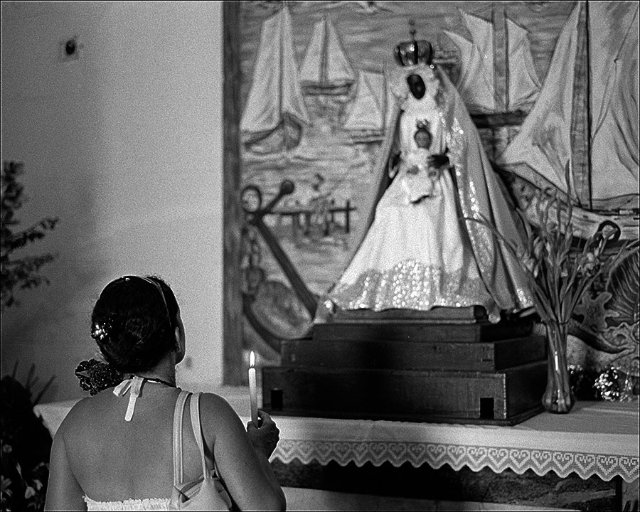johannielscom
Snorting silver salts
Simple: Google it.
I did so last week (is this a coincidence?) and found this: http://www.visualstorytelling.com/.
It's not that the information presented at that site is only valid for cartoon drawing, it's equally useful for photographers.
I did so last week (is this a coincidence?) and found this: http://www.visualstorytelling.com/.
It's not that the information presented at that site is only valid for cartoon drawing, it's equally useful for photographers.




